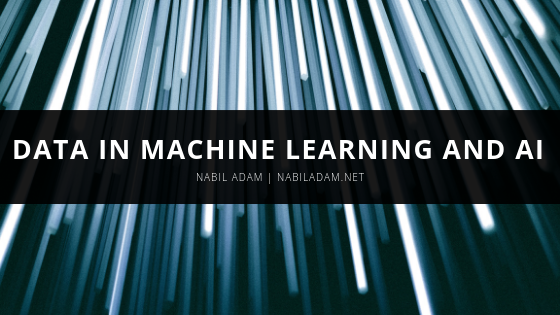Artificial intelligence and machine learning hold immense potential. Early adopters like Facebook, Amazon and Google are already reaping the benefits of AI-powered search functions and improved customer delivery. In the manufacturing sector, AI and ML hold the potential to eradicate production waste and improve time management and efficiency. As of late, adopters and manufacturing companies have some basic groundwork to do in order to see the solutions that AI and ML promise. The first step toward AI and ML involves data management. Here is what you need to know.
Data Hierarchy
Artificial intelligence is the most highly evolved stage of data application. To reach this height, IT and data scientists must work alongside manufacturers to determine the data that has been collected, its value, and its relevance. Most data collection has been initiated without a clear understanding of the necessary outcomes. As such, data may be “dirty” and irrelevant. It may be necessary to establish an entirely new data collection process to use that data to inform a specific automated process.
In other words, clean data determines positive outcomes. Data scientists use a data-first strategy. In such a strategy, data collection is the foundation. The next stage is data movement and storage. The third is exploring and transforming data. At this stage, manufacturers and data scientists explore possible outcomes and learn to identify the variables that must be measured. You may lose a lot of data at this stage, but that is part of data cleaning.
Aggregation and labeling is the next stage in the data hierarchy. This stage allows end-users to navigate data in ways that are streamlined and informative. The penultimate stage involves learning and optimizing. Users gain insights from the aggregated data and begin to experiment with automated processes.
AI and Machine Learning
Finally, simple algorithms are applied to real-world situations. Once established, machines will “learn” how to adapt their responses to certain demands. Throughout this process, data is continuously gathered and reapplied to algorithms. The result is an artificial intelligence-powered production line or another necessary element.
As AI and machine learning capabilities expand their data collection, outcomes are better informed and will ultimately result in improved production, reduced waste, and superior time management.

